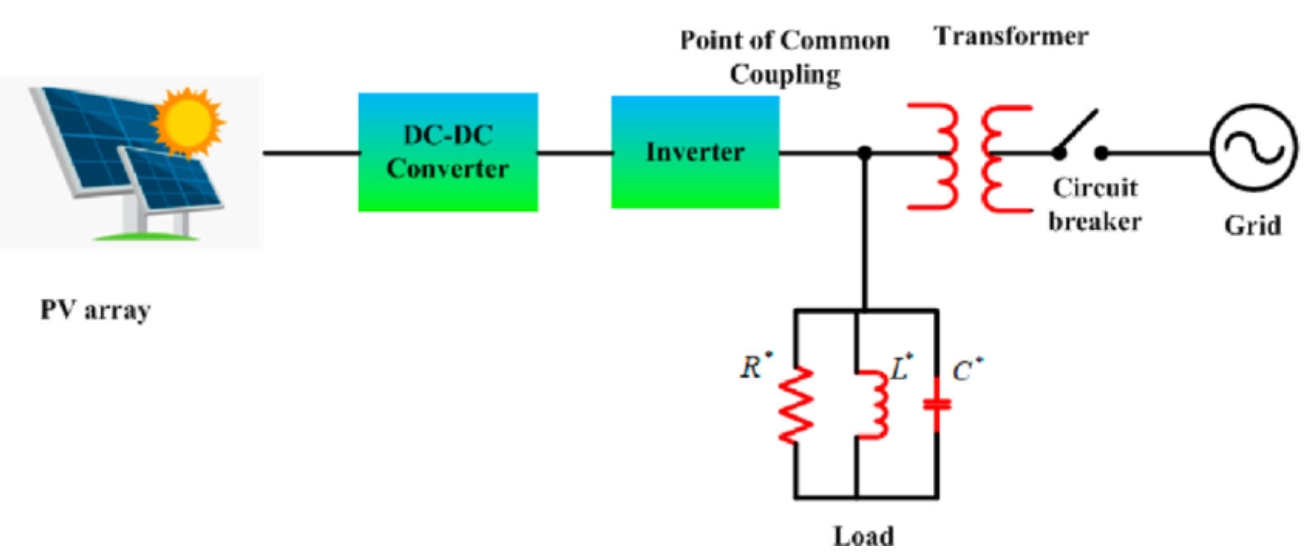
The concept of “islanding” in solar power refers to the ability of a solar power system, typically incorporating an inverter, to operate independently from the main power grid. This capability is particularly important in scenarios where the grid goes down due to power outages or other disruptions. Islanding inverters play a key role in such systems. Here’s an overview of their rise and significance in renewable energy:
- Increased Demand for Energy Independence: As more people and organizations aim for self-sufficiency in power generation, the demand for islanding inverter has surged. This technology allows users to maintain a continuous power supply, independent of grid availability.
- Advancements in Inverter Technology: Modern islanding inverter are not only able to disconnect from the grid during outages but can also manage power flow efficiently. They ensure that solar panels generate enough power for immediate use and battery storage, maximizing the utility of solar installations.
- Grid Stability and Safety: One of the key functions of an islanding inverter is to protect the grid and the solar power system. In the event of a grid failure, islanding inverters automatically isolate the solar system to prevent back-feeding, which could be dangerous for utility workers fixing power lines.
- Smart Energy Management: Many of islanding inverter is equipped with smart technology that enables users to monitor and manage their energy usage effectively. They can optimize power consumption, reduce reliance on the grid, and even sell excess power back to the grid where net metering policies are in place.
- Growth in Renewable Energy Adoption: The rise of islanding inverter is tied to the broader growth in renewable energy adoption. Governments and private entities are increasingly investing in renewable resources, and islanding inverter is a crucial component in ensuring the reliability and efficiency of these green energy systems.
- Emerging Markets and Remote Areas: In regions without reliable grid access, or in remote areas, islanding inverter enable the establishment of microgrids. These microgrids can operate independently, providing reliable power to communities that would otherwise lack access.
- Regulatory Support and Incentives: Many regions now offer incentives for renewable energy installations, including solar power systems with islanding capabilities. Regulatory support also plays a significant role in promoting the adoption of such technology.
In summary, the rise of islanding inverter in renewable energy is driven by the growing desire for energy independence, technological advancements, safety considerations, and the global shift towards sustainable energy sources. They are key in making solar power systems more reliable, efficient, and grid-independent.
